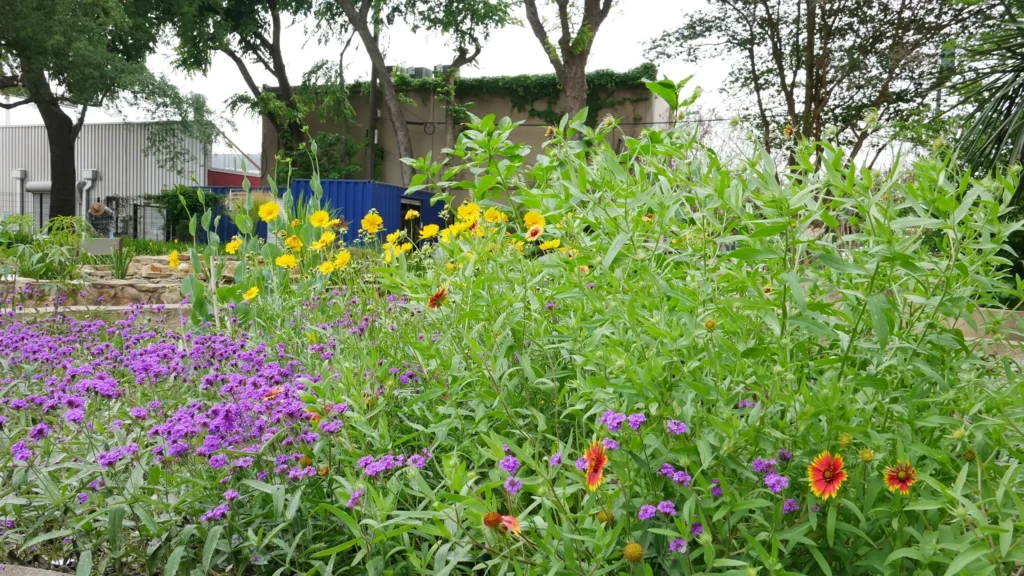Nick West: BEST IF USED BY opened at the Houston Center for Contemporary Craft recently and includes your artwork “Anicca”. The title of your piece makes reference to impermanence from a Buddhist perspective. For those who haven’t seen the exhibition, how would you describe this work?
Yuka Otani: “Anicca” is an installation comprised of Buddha figurines made of cast hard candy. The candy melts and crystallizes over the course of time, changing its state of matter through a process of transformation. Once installed in the space, the candy gradually reveals its fluid property, and the objects leave the control of the artist’s hands.
How was it made initially? Is it based on an existing sculpture or are the figurines your designs?
The original figurine was made out of clay; then the shape was transferred into hard candy through a silicone mold. I looked at several existing Buddhist sculptures as references, but there is not a single model for it. The image is based on my perception of what a typical Buddha would look like.
Seeing an artwork in reproduction and experiencing an artwork first hand can offer different understandings of what is on display. Is there anything that the photo and video don’t convey that viewing the work in situ would?
Smell is probably the most significant component which photograph and video do not tell. The caramelized hard candy has a fragrant smell, and it becomes very noticeable when the figurines melt.
It is interesting that the color is amber. As a material, amber preserves existing forms rather than acknowledging their impermanence. What causes these different tones?
It is the caramelization, the Maillard reaction, of sugar that causes variation in color. When creating the artwork, I was not so much thinking about the materiality of amber itself, but I was aware that sugar is a material that is transient and preservative at the same time. And, the concept of Anicca is indeed about contradictions.
Sugar could be a contentious material to use for religious iconography. Why did you use sugar?
I intentionally chose sugar because it is contradictory to the Buddhist iconography in some ways. The disintegration of the figurines refers to the state of perfect selflessness (in Japanese 無我の境地), which is said be achieved through meditation. By contrast, sugar, which can be addictive, is omnipresent in our everyday consumer lives and if digested excessively generates hyperactivity – a state at odds with meditation.
What is the central idea of the installation?
The concept of the installation derives from the aesthetics of meditation. The shifting molecular structures of sugar alter the relationship between self and other. When the Buddha figurines ultimately melt and become formless puddles of viscous liquid, a peaceful state of enlightenment is achieved.
Contemporary artists often work in series. Do you plan to continue this artwork in the future?
Yes, when given the next chance to present “Anicca”, I would like to make it a full-scale installation comprised of 108 candy Buddha sculptures.
What is the significance of the number 108?
One hundred and eight is a symbolic number in Buddhism that represents Kleshas, or human afflictions. By incorporating this number, what can cloud meditation is emphasized further. It looks like the new version is going to happen in reality sometime next year. I will keep you posted about it.
Thank you. And lastly, how long does the exhibition BEST IF USED BY run?
The exhibition, BEST IF USED BY is on view at Houston Center for Contemporary Craft until January 15, 2017. https://crafthouston.org/exhibition/best-if-used-by/
